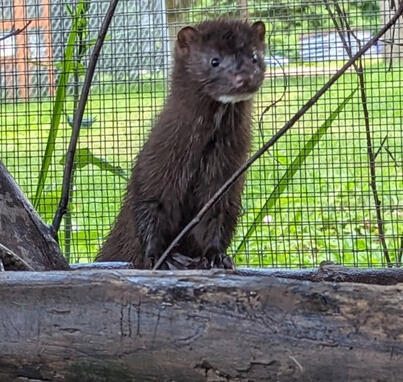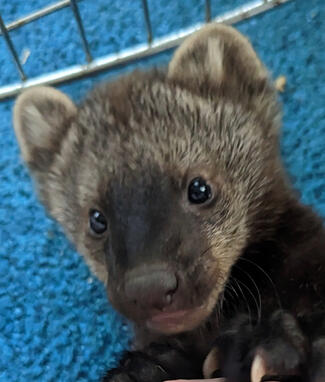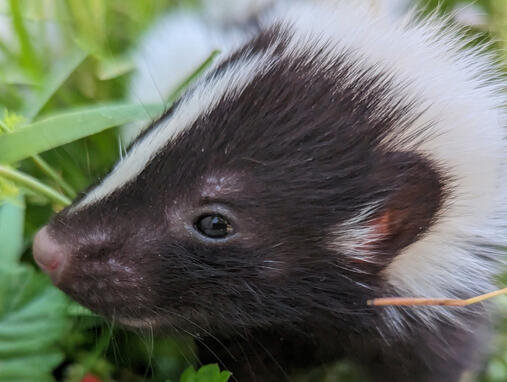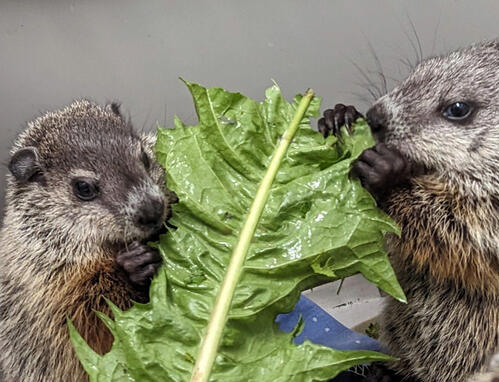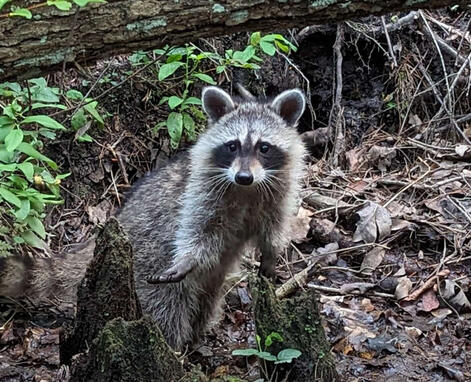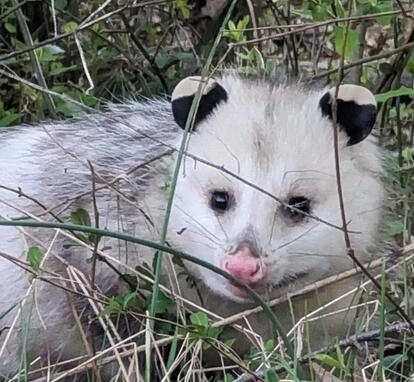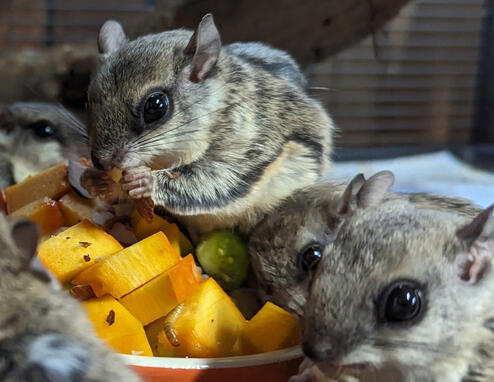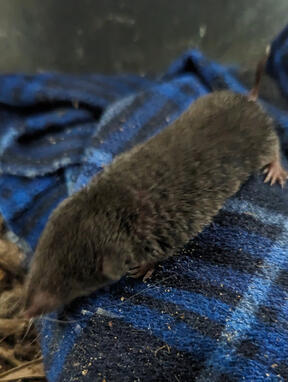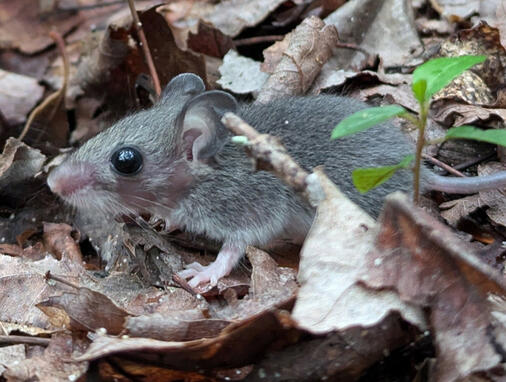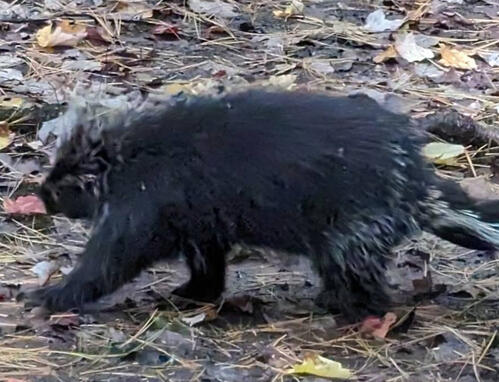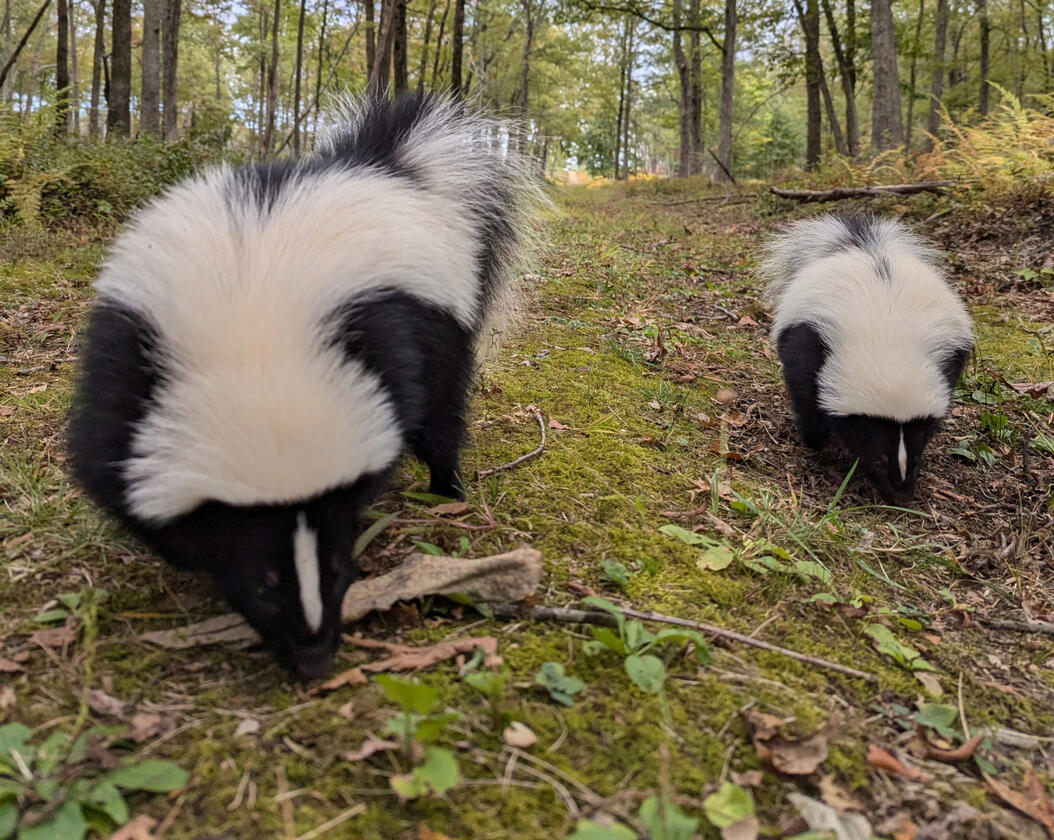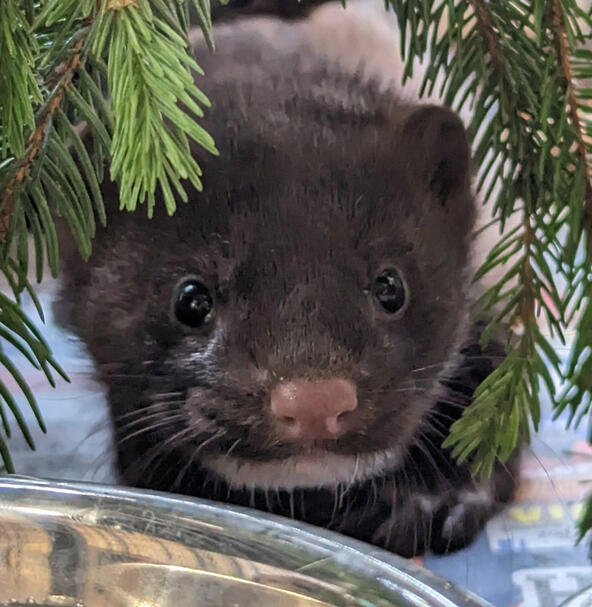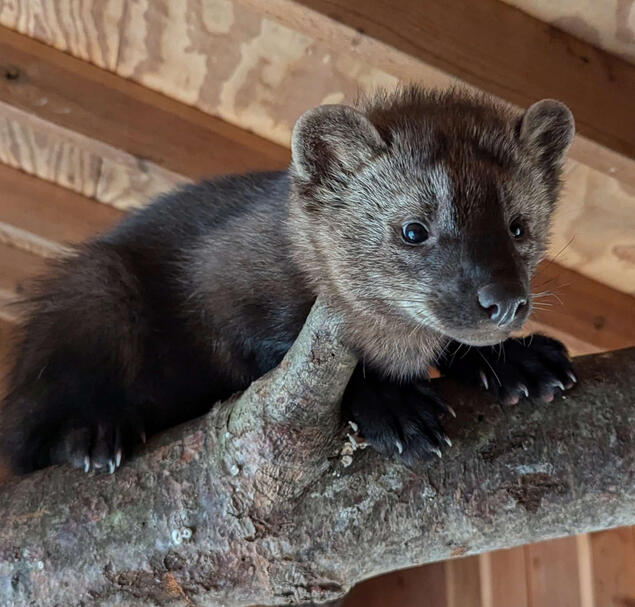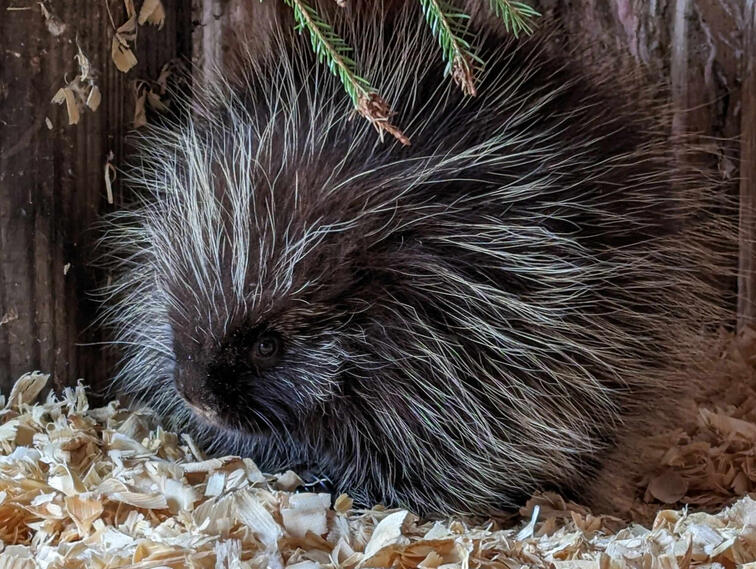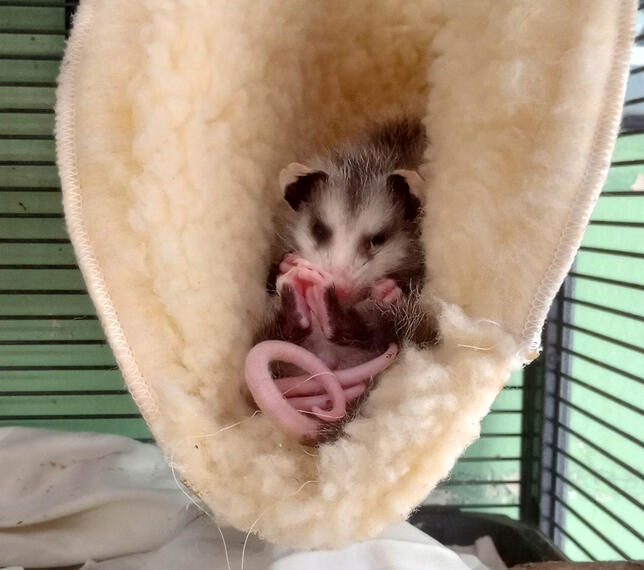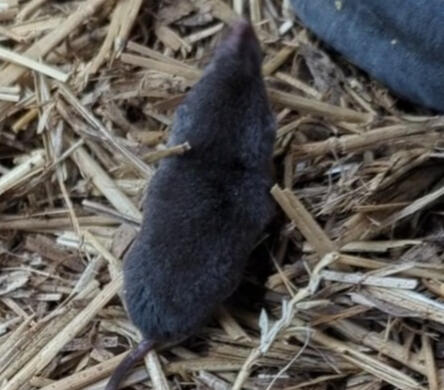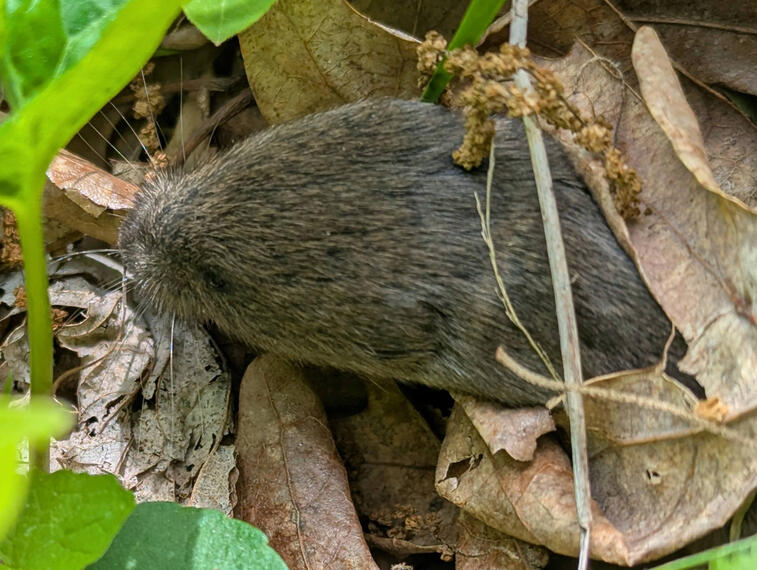Super Terrific Wildlife
Wildlife Rehabilitation Center started in 2025
We are completely dependent on donations. Thank you for your support!
What is Super Terrific Wildlife?
Founded by Philip in 2025. Super Terrific Wildlife is a wildlife rehabilitation center with a focus on mammals in Pennsylvania, USA. We aim to share content and information to further spread support for our wildlife and conservation. We are completely dependent on donations. Thank you for your support!
Found an Injured or Orphaned Animal?
Please do research and/or contact a wildlife rehabber if you are unsure if an animal needs assistance.
When containing wildlife; reduce handling and do not feed. Please use gloves and boxes/carriers to secure the animal. Do not let children handle wildlife.
Rabies Vector Species (RVS)
Raccoons, Skunks, Bats, Foxes, Woodchucks, and Coyotes are the 6 RVS species in PA. Rabies cant be contracted through bites, scratches, and through contact with the animals saliva. Please do not attempt to feed these animals or provide liquids. Reduce handling as much as possible; using gloves, boxes, and carriers to contain. Do not allow children to handle these animals. Due to PA regulations, these species may need to be euthanized and tested for rabies due to bites, scratches, feeding, or being handled by children. Please contact your doctor or the Department of Health with any health concerns.
Skunks
It is not normal to see a baby skunk without mom. If a baby skunk is found by itself, it probably needs help.The lifecycle of a skunk begins in early spring when mating occurs, typically between February and March. After a gestation period of about 60 to 75 days, the female gives birth to a litter of 4 to 7 kits in a hidden den. At birth, the kits are blind, deaf, and nearly hairless, but they develop quickly, opening their eyes at around three weeks and starting to explore outside the den by six to eight weeks. By late summer, young skunks learn to forage and gradually become independent, leaving the family group in the fall.
Woodchuck/Groundhog
Similar to skunks, baby woodchucks typically stay close to mom and may be in need of help if found alone.The lifecycle of a woodchuck begins in early spring when they emerge from hibernation and mating takes place shortly after. After a gestation period of about 32 days, females give birth to a litter of 2 to 6 pups in underground burrows. The young are born blind and hairless but grow rapidly, opening their eyes at around four weeks and weaning by six weeks. By midsummer, they begin to venture out on their own and establish independent burrows. Woodchucks reach sexual maturity by their second year and typically live 3 to 6 years in the wild.
American Mink
• Typically give birth around May to 4-6 blind, deaf, and hairless kits• Eyes open around 25 days• Weaning is around 6-10 weeks• Independent around 3-4 months; late summer/early fall• Males are about double the size of females
Fisher
• Delayed Implantation: Female fishers mate again quickly after giving birth. Actual Gestation doesn't begin until the following year.• Typically give birth late March-April to 2-4 blind kits• Eyes open around 7 weeks and are weaned around 8-10 weeks• Independent around 4-5 months; late summer to early fall
North American Porcupine
• Mating Season is late summer/early fall with a gestation period of 7 months! Giving birth April-June• At Birth: Quills harden within an hour. Eyes open and are able to move with a few hours.• Begin eating solids within a few weeks, but continue nursing for 3-4 months• Independent around 6 months
Virginia Opossum
• Gestation only around 13 days and are born around the size of a bee• At birth: they crawl into their mother's pouch where they will latch onto a teat and stay for around 2-3 months• Will stay on their mother's back for another 1-2 months. After which; they are then independent
Short-tailed Shrew
• Breeding lasts from March-September w/ Gestation period of 21 days• Litter size: 4-7 pups born blind and hairless• Eyes open around 2 weeks and are weaned in about 1 month• Will eat invertebrates and other small animals• Subdue their prey with venomous saliva
Meadow Vole
• Breeding is later winter to fall. Females can have 6 litters in a year• Litter size: 4-8 blind and hairless pups• Eyes open in about week; weaned in about 2 weeks• Independent in 2-3 weeks and have already reached sexual maturity
